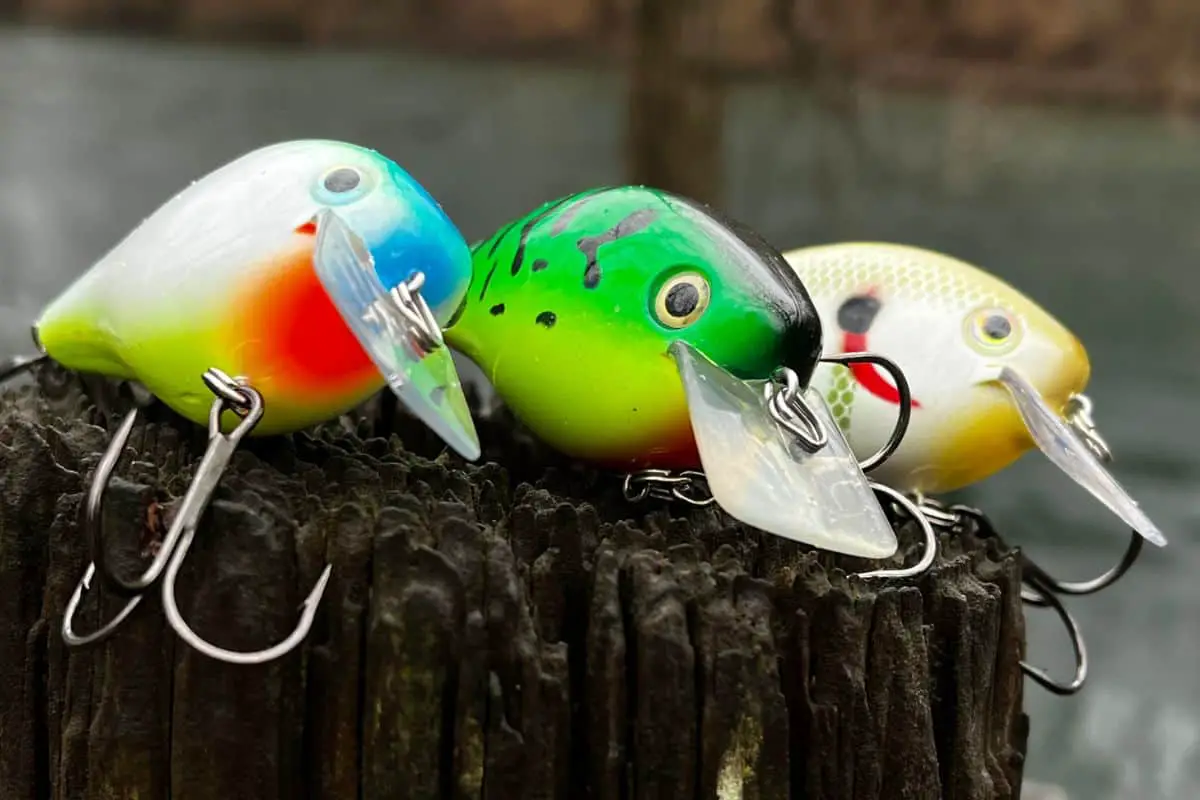This question has plagued anglers for as long as artificial lures have existed. Some say color doesn’t really matter while others swear that it does. Here is how I have come to approach the topic and what I look for when fishing.
Notice how the bass are inhaling the lure. If the bites are aggressive and the lure is fully inside their mouth, the lure color is helping and not hurting the bite.
Of course, there are a few other factors that may or may not be more important. We will go over each of them in detail below so you can make adjustments and have the most success while on the water.
Does Lure Color Really Matter?
We could dive into this one for a lifetime and never come to a consensus. There are so many variables like water clarity, light intensity, and forage, that the debate never stops.
I like to think about it in this manner.
Bass fishing and our success, or lack of it, is largely determined by our confidence. This can be confidence in the lure design, location, time of day or year, and the lure color.
Without confidence in a particular lure or color, we often use it for a couple of casts and then change to something else.
So, yes, it does matter.
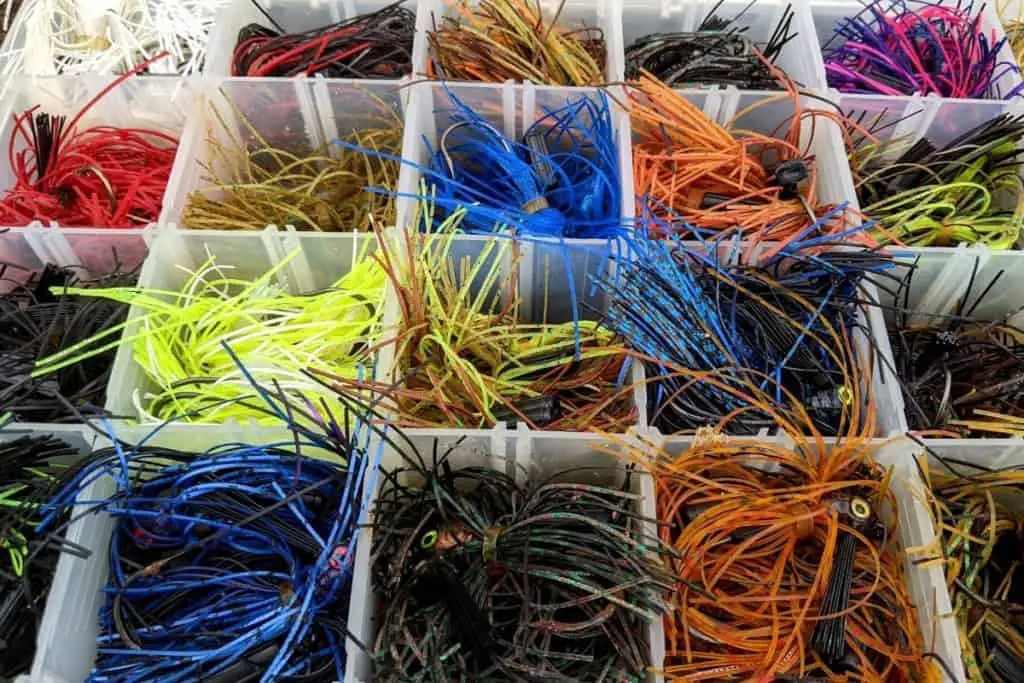
How to Determine if the Lure and Presentation are Dialed In
How the bass hit gives us the information that we need to make adjustments and critical choices on the water.
When you catch a bass and that lure is fully inside its mouth, or it attacked with aggression, a lot of things are right.
When the bass are nipping at the tail, barely hooked on the back treble, or just lethargically swiping at a lure, then changes and adjustments can be made. The goal, each time on the water, is to get the bass to inhale the bait.
The conditions dictate just how aggressive that bite is on a particular day, but annihilating the lure is always the goal.

Factors That Impact How Well the Bass Eat a Lure
The three most important factors that we need to always be mindful of are lure color, lure speed, and cadence.
Lure Color and What We Need to Keep in Mind
It is important to understand that lure silhouette is key.
Whether fishing ultra-clear water or dirty water, the bass need to be able to see the profile of the lure. Clear water allows us to offer the most distinct image of the lure. Because of this, many anglers like to match the prey species they are targeting as close as possible.
This is never a bad idea. Does it really matter if the soft plastic is straight green pumpkin or a high-dollar swimbait matches a bluegill perfectly? Once again, what are you confident in? If the panfish are redear sunfish and the lures you pick have bright colors in them that is a great choice. If you are confident that a single-color lure works for you – once again it is a perfect selection.
Pay attention to how the bass is eating the lure.
Keep adjusting and tweaking until you feel they are taking the lure with authority.
As the water becomes dirtier, focusing on colors that offer the strongest profile are the best options. Solid black lures or lures that are solid white are my two choices.
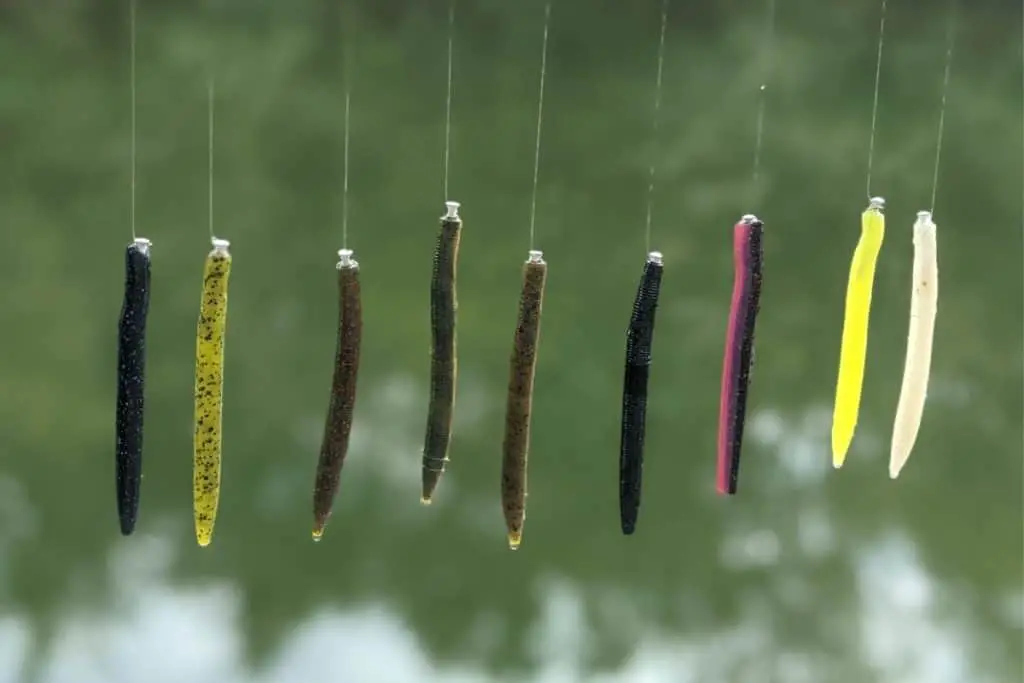
For years, anglers have been told that black is the easiest to see in dirty water. My underwater filming experiments have shown that white is much more visible at a distance.
(Here is an article on lure color choice and dirty water.)
I will use solid black lures when the bass are feeding up to the bright sunshine.
A backlit lure presents a black silhouette. When using lures that are solid black in this situation we create the most defined shape we can. Therefore, this is an easier image for the bass to target.
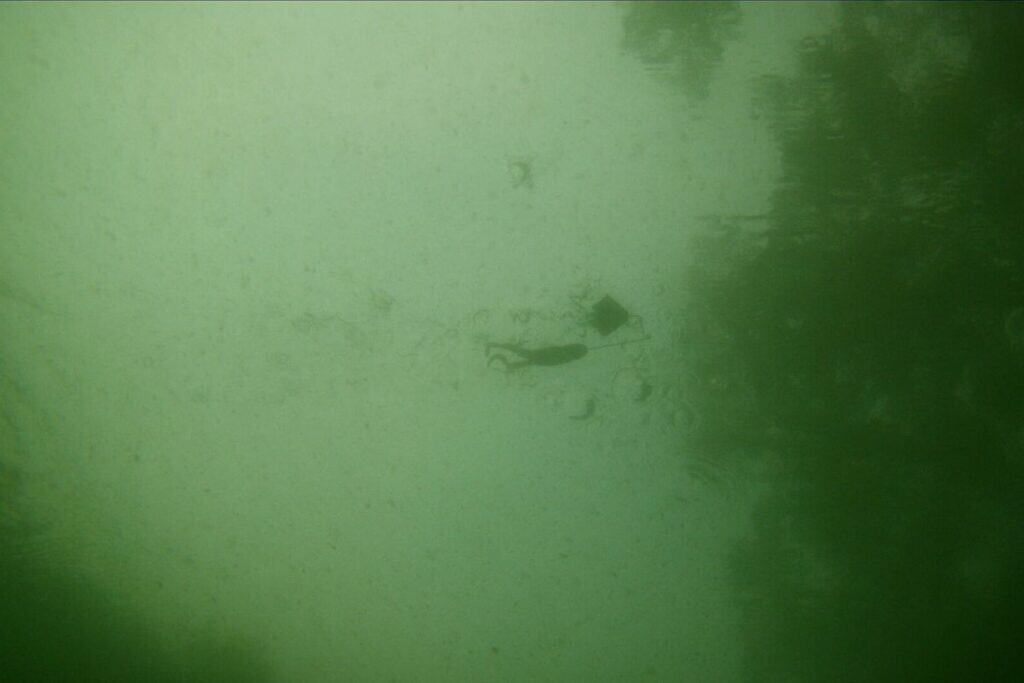
Lure Speed and the Impact it Has on Bass
I believe that this factor is much more important than the color of the lure.
Most of us as anglers fish at the worst speed possible and that is somewhere in the middle.
Bass fishing with artificial lures is most effective when at either end of the speed spectrum. Keeping our lures very slow or extremely fast is the best places to be.
Slow presentations, and I mean painfully slow, are effective. I have watched many bass underwater follow a lure down, look at it, and then as soon as the angler twitches it they swim off startled from the sudden action.
If we really knew how often this happens it would be quite discouraging.
The opposite of this is to burn our lures with an erratic cadence. Burning squarebills and ripping hard jerkbaits are perfect examples of this.
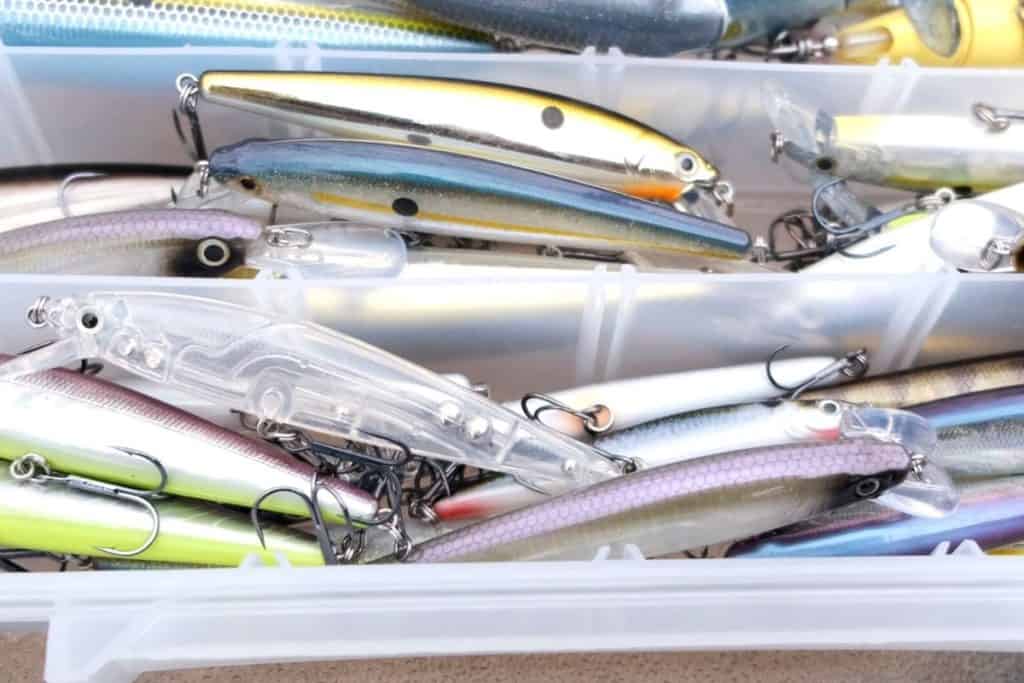
In this situation, the bass react. They can’t help it. Their feeding instinct either kicks in because potential prey is “getting away” or the sudden flash in front of them forces the bass to do something. It would be very similar to someone swatting their hand right in your face – you are going to react.
Another way to think about this lure speed conundrum is like this – an easy meal or a meal that is getting away.
The easy meal is the ultra-slow technique and burning a lure is clearly the meal getting away. Now think about how often we fish at the in-between speeds.
Lure Cadence and How it Impacts Bass
There are times when a slow, steady retrieve works great. Small swimbaits are a perfect example of this. On certain days, a consistent retrieve with no starts-or-stops is what the bass want. This can present as the above-mentioned easy meal and the bass will destroy the lure.
Unfortunately, this doesn’t happen as often as we would like.
The erratic start-stop action triggers that reaction bite that is so important in bass fishing. A sudden change in direction also mimics the fleeing baitfish scenario that forces a bass instinctually to chase that prey down.
This is why banging lures into cover, burning squarebills with a start-and-stop retrieve, and hard jerkbaits are so effective.
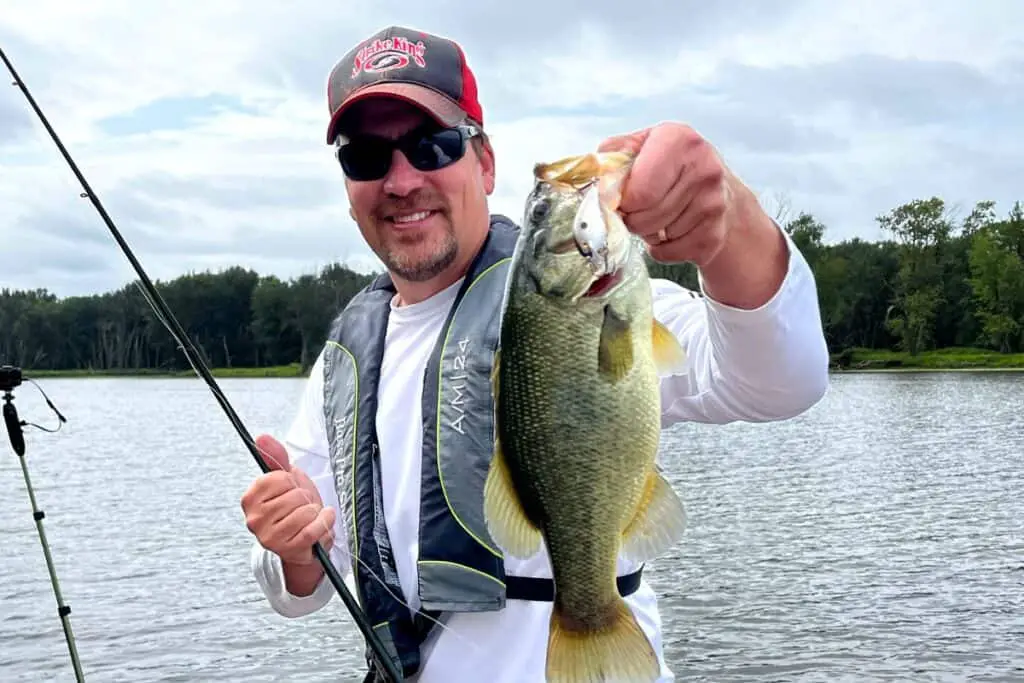
Use All These Factors to Dial in Your Lure Choice and Color Selection
Keep experimenting with lure color, speed, and cadence as you are fishing.
Be on the lookout for that bite that inhales the lure. Pay attention to what you were doing on the retrieve. What was the cover? The type of structure? The depth? How fast were you fishing?
All of these, along with color, will build your confidence in making that bite repeatable. And that is our goal every time we are on the water.
The crazy thing is, your fishing buddy may be having success with a color you never use or have zero luck with. If so, it is most likely one of these other factors that are playing a larger role in how the bass are biting.
Good luck and be sure to encourage someone today. You never know how you may change their life forever.
Isaiah 6:8

